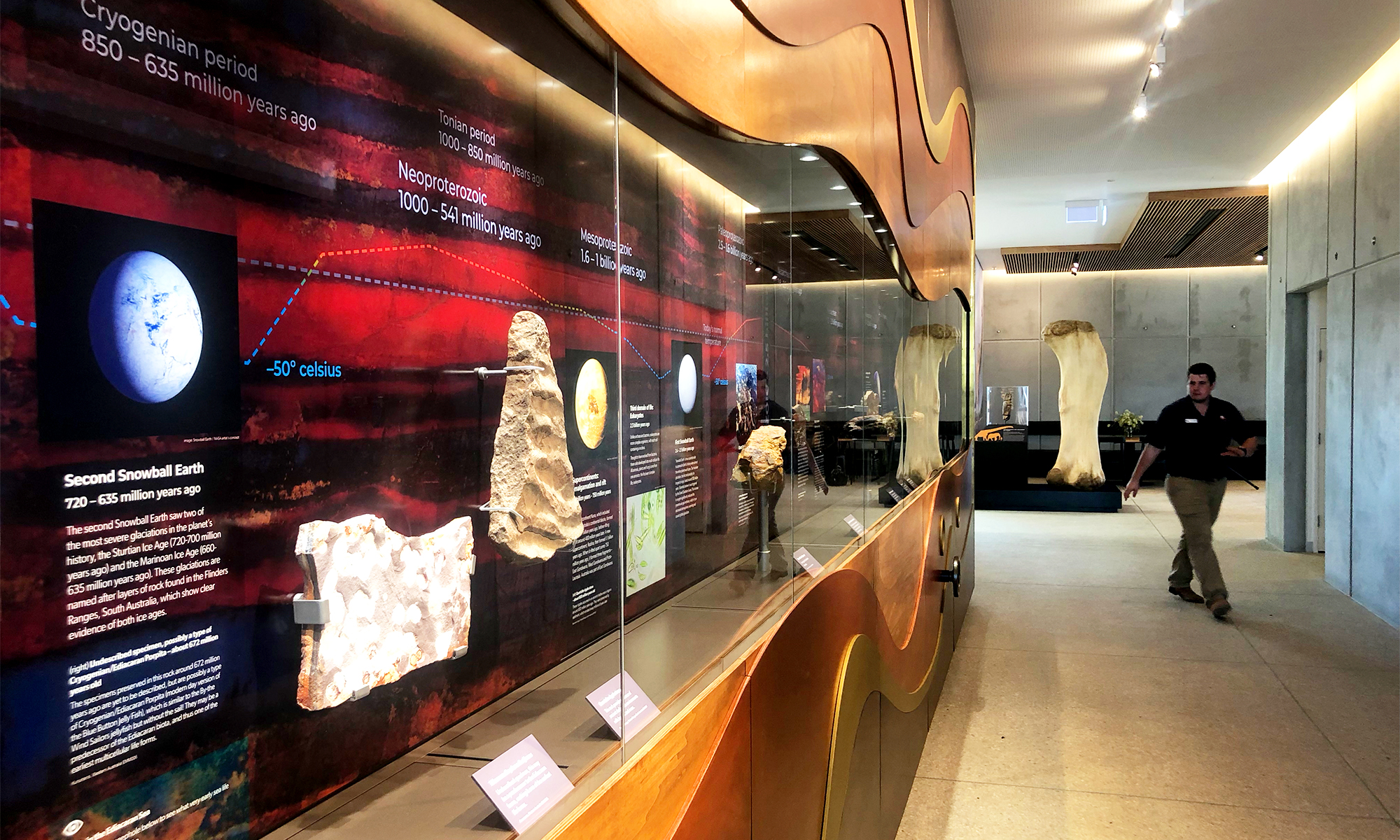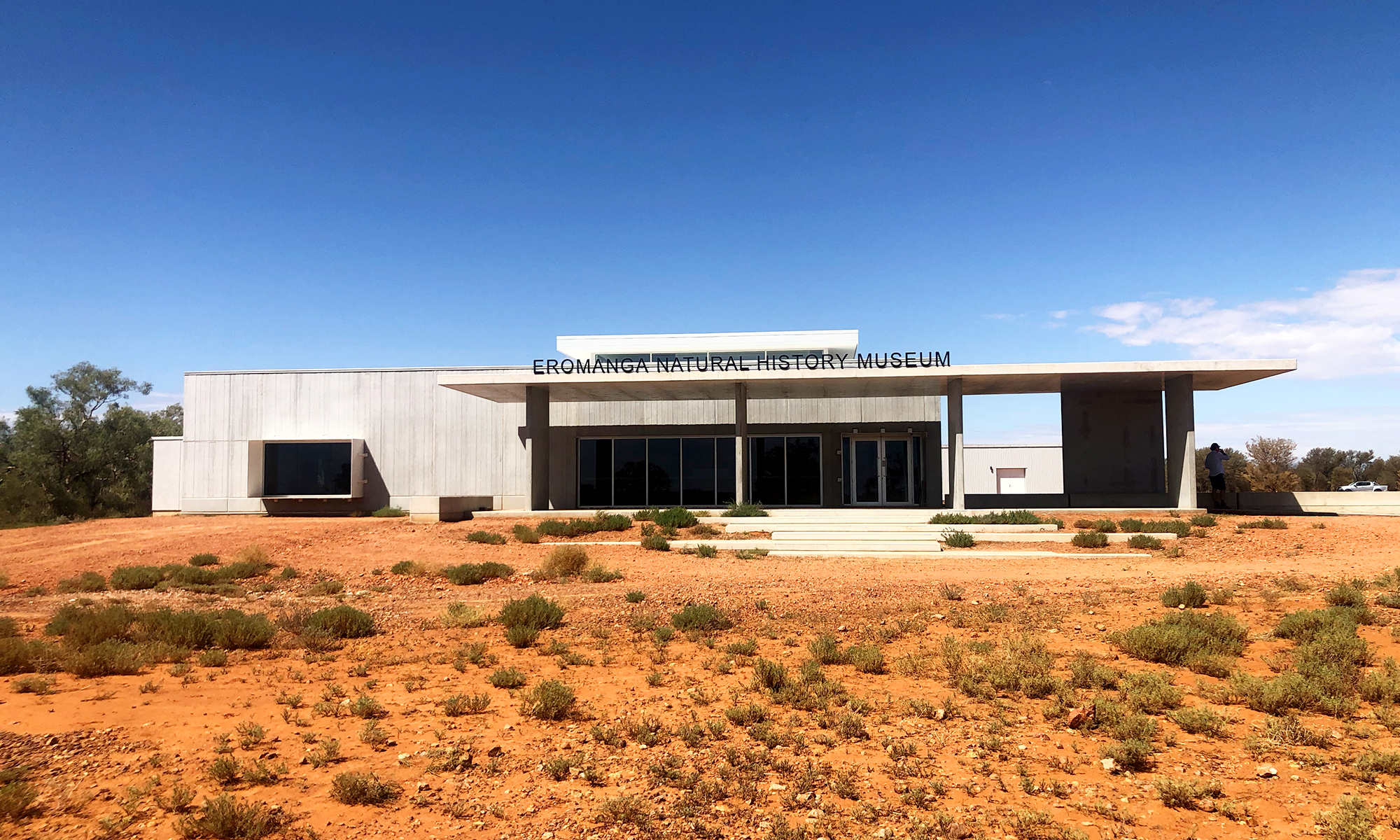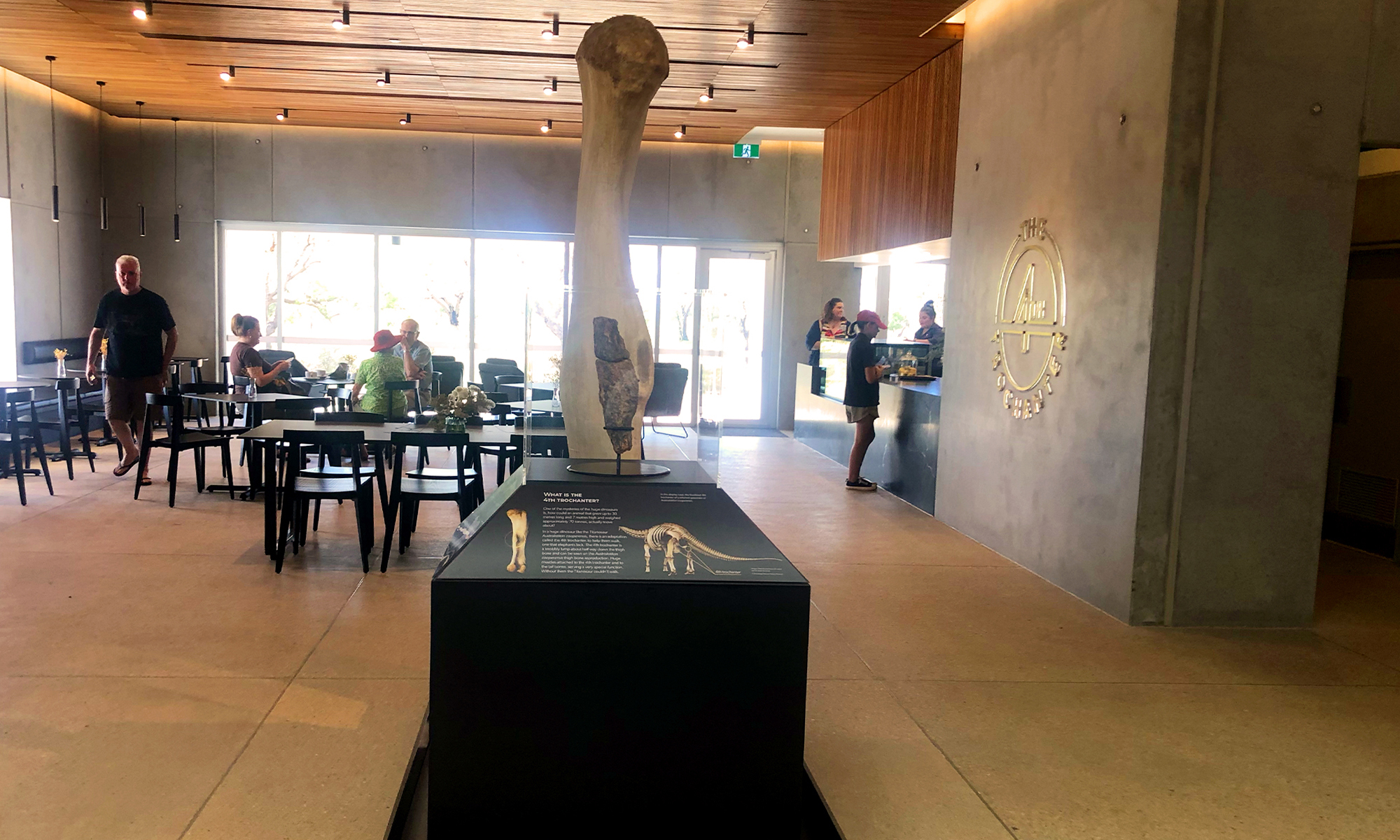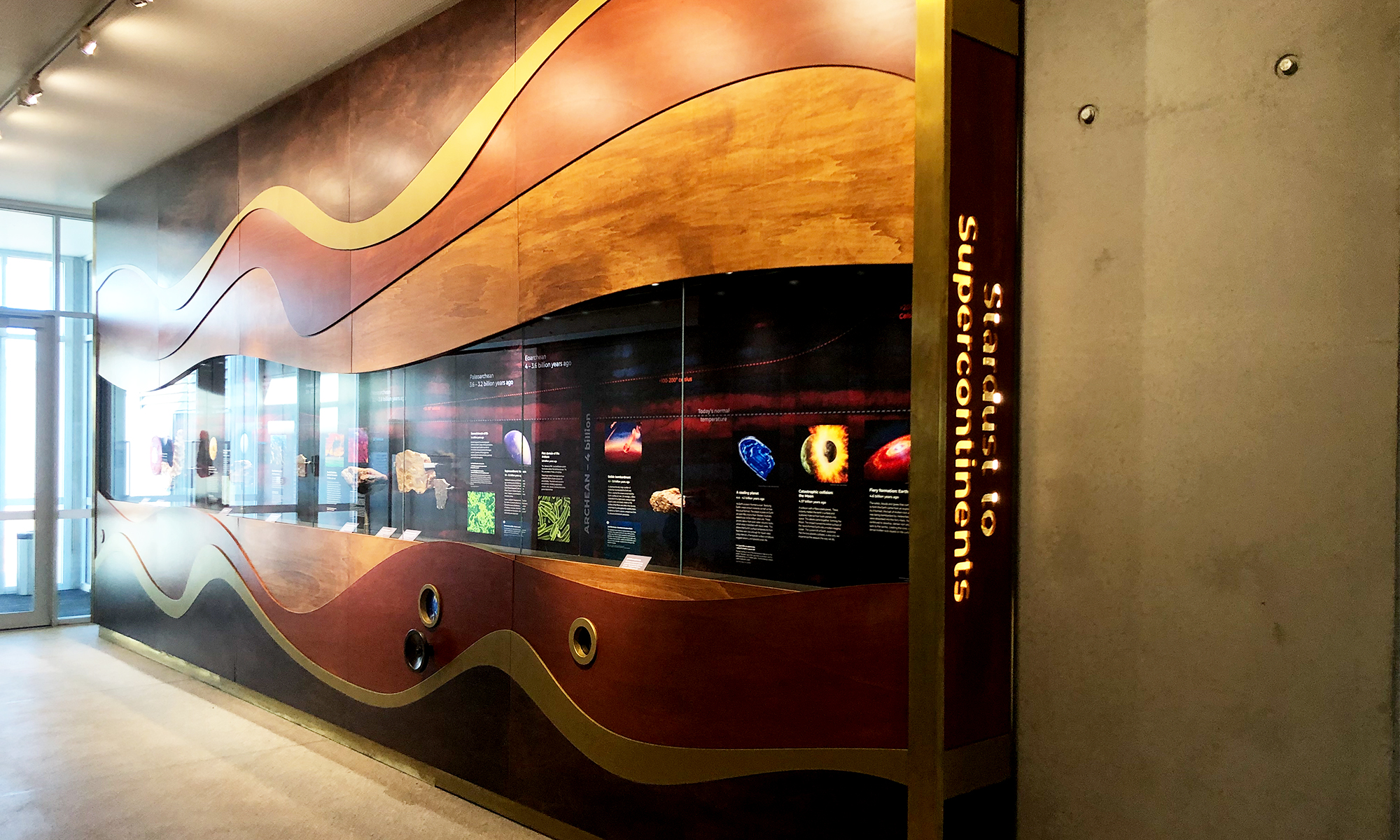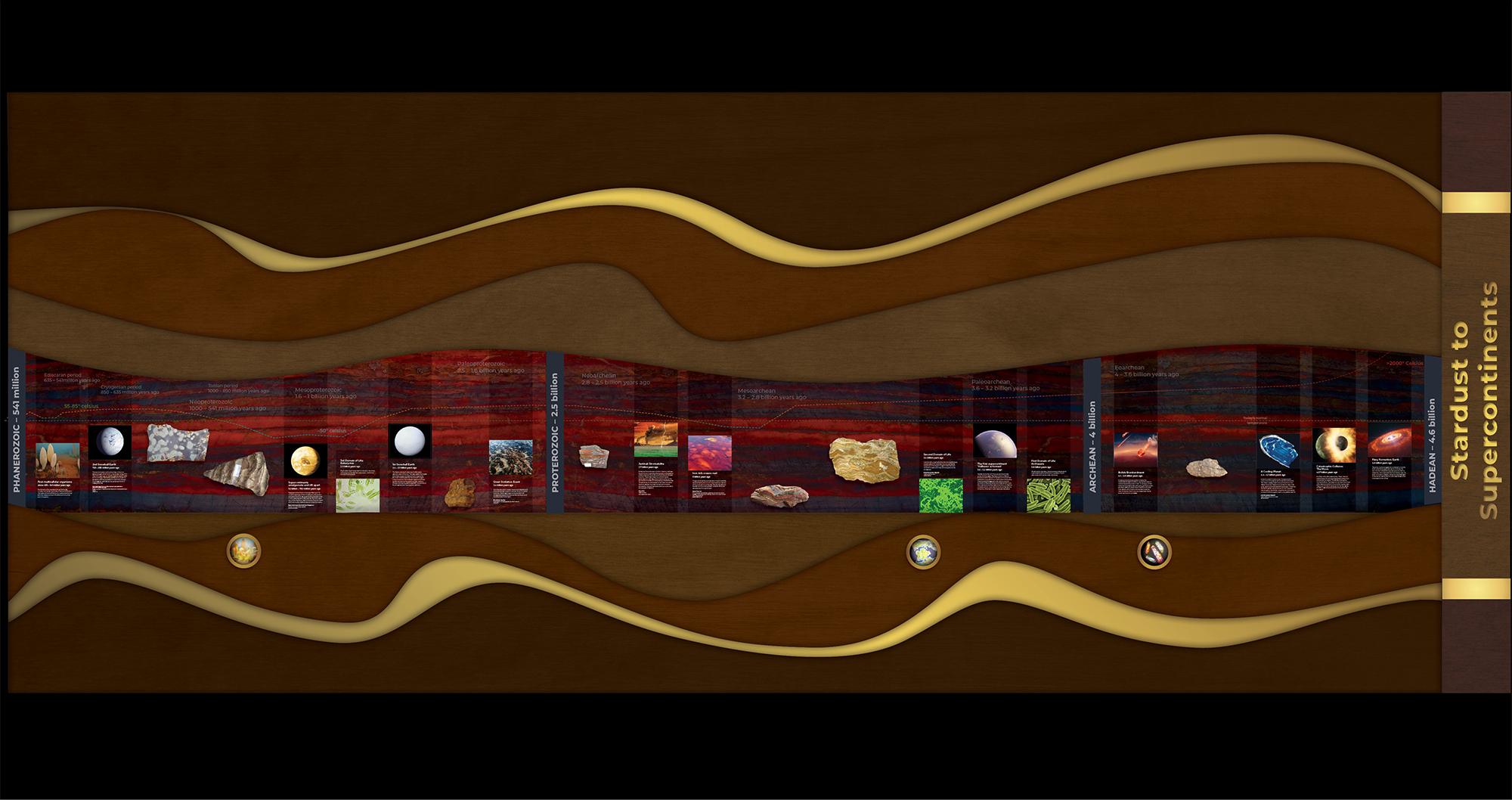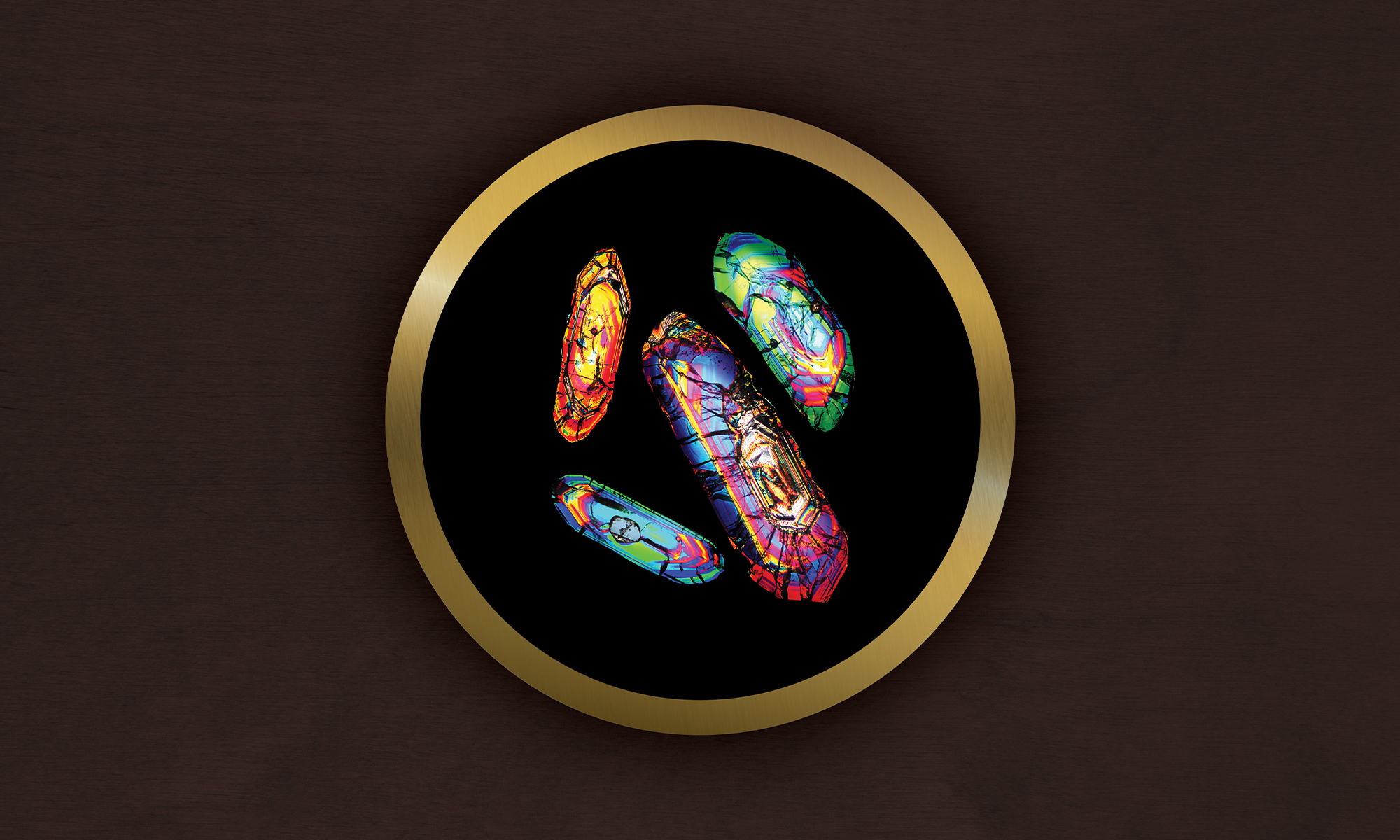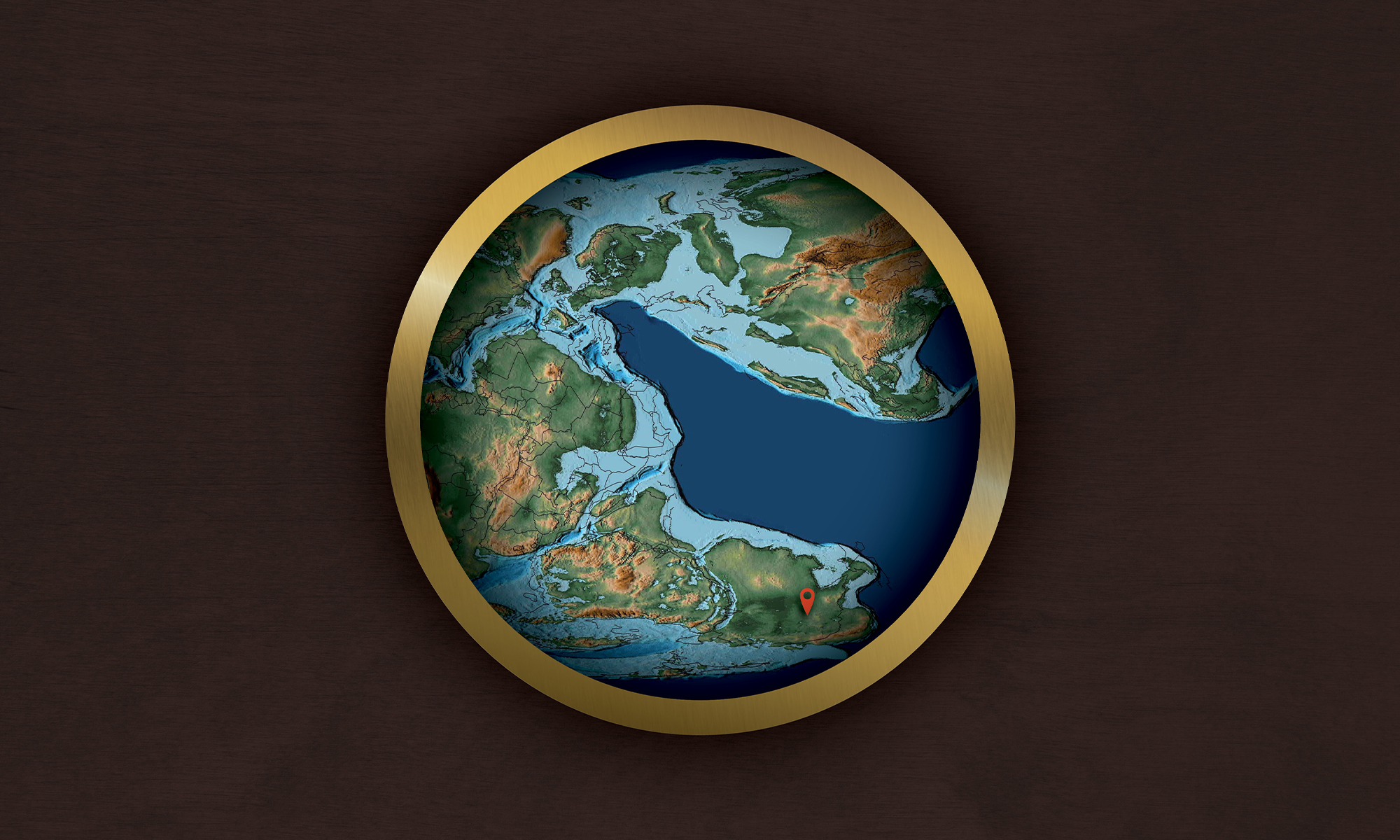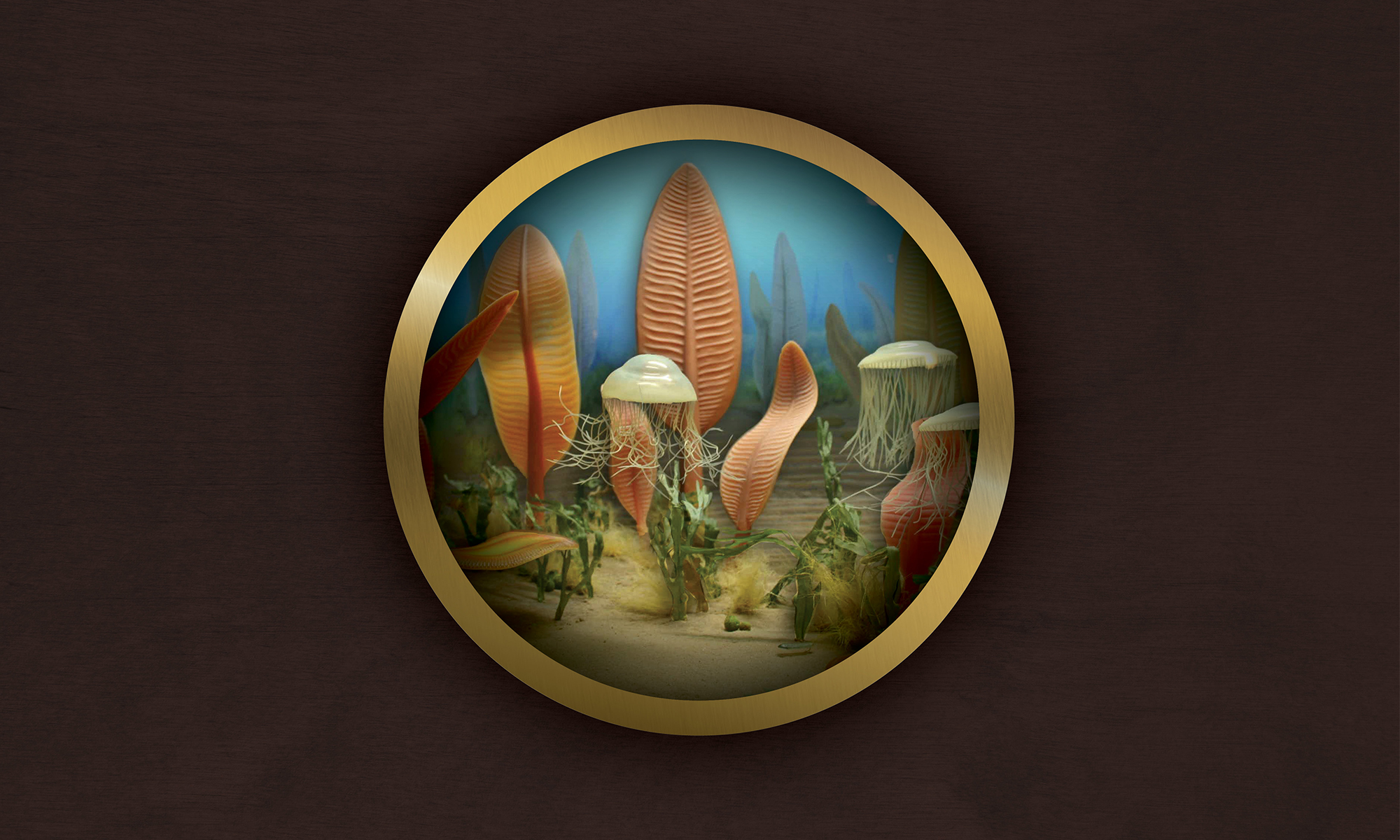Stardust To Supercontinents, Eromanga Natural History Museum
PERMANENT EXHIBITION
Project Commenced: September 2020
Project Completed: April 2021
Floor Area: 30m2 Length : 8.2 metres, Height : 3.6 metres Depth : 400mm
Thylacine’s role
- curatorial content review and editing
- concept development
- interpretive design
- graphic design
- lighting design
The Eromanga Natural History Museum is home to Cooper – Australia’s largest dinosaur: a titanosaur sauropod – the largest known land-dwelling animal on the continent. Cooper was found in 2004 on a tributary of the Cooper Creek, inland river system, in the Cooper/Eromanga Basin by 14-year-old Sandy Mackenzie who was mustering on his families’ station and returned home with an unusual looking rock. After this discovery the Mackenzie family began searching the property and discovered a series of titanosaur fossils sites dated to 95-98 million years old which represented a new genus and species of Titanosaur, Australotitan cooperensis.
The museum opened in 2015, 3 kilometres out of the township of Eromanga and one hour’s drive west of Quilpie. A new building designed by Architectus, opened in March 2021, represents Stage 2 of a staged development with a future building extension planned for Stage 3. The newly opened building contains front of house reception facilities, a museum shop and cafe and a new permanent display ‘Stardust to Supercontinents’ designed by Thylacine. It also features a theatrette which will soon show an animation by creative team, Eye Candy that brings Cooper and other dinosaurs to life.
‘Stardust to Supercontinents’ presents deep geological time moving from the fiery formation of the earth, the Hadean period 4.6 billion years ago, through the Archean, Proterozoic and to the Phanerozoic period 541 million years ago, when early multicellular lifeforms began to appear on earth. Key geological specimens from the ENHM collection record these events.
The design team at Thylacine worked closely with General Manager at ENHM Robyn MacKenzie on the design of the deep time geological display. Key geological specimens from the ENHM collection record these events. The design of the display was inspired by the museum’s Banded Tiger Iron specimen from the Ord Ranges in WA. The stone’s striking pattern consists of alternating layers of golden tiger eye, silver metallic hematite, and red, brown or black jaspilite and is reflected in the banded colours of the layered joinery.
The stained ply colours of the built form are derived from the burnt umbers and iron oxide red found in the specimen. The colours are descriptors for this period of the formation of the earth dated 3 billion years ago when the oceans of the earth were iron rich and rusty red.
A children’s path along the timeline provides peepholes into enormous events such as Supercontinental Drift and minute early multicellular lifeforms and magnified Zircon crystals.
Our fabrication team built the display joinery, object mounts and children’s interactives and two of the team drove a 44 hour round trip from Canberra to install the project on site.
Project Partners Eromanga Natural History Museum.

